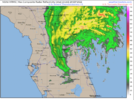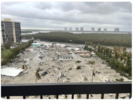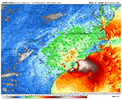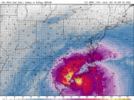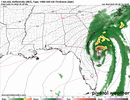This was posted by someone I worked with at Valdosta State. So, I know it’s true.
This was posted by a lifelong friend in Ft Myers. My heart dropped when reading it and I instantly felt the anxiety of our house flooding 6 years ago. Please wrap Chris in your prayer along with his neighbors and community. Today is the beginning of a long journey:
I’m going to say this once and please respect my privacy because this is going to be a rough road ahead for me and my pups. We lost everything that I own because our house was swallowed up by 9’ of water. I have some neighbors along with me IN THE ATTIC including a lady named Vicky Riley that I found hanging neck deep on a hand railing and swam her back to my house. If anyone knows her in the morse shores area she is somewhat delirious but dry and safe and I’m watching over her until we can get rescued. I have no idea where we go from here but this house will need to be leveled. I have boats all over my yard and brought one to my garage door that was touching the roof when I swam it over for our last ditch plan if these roof went under. Everyone up here is calm and extremely exhausted surviving this day. If anyone knows of this lady, please tell them that I have her and she is resting comfortably along with others laying on random things we could use to stay off of the fiberglass. We will all need a tremendous amount of help just finding a dry place to live next. Keep us in your thoughts please.


